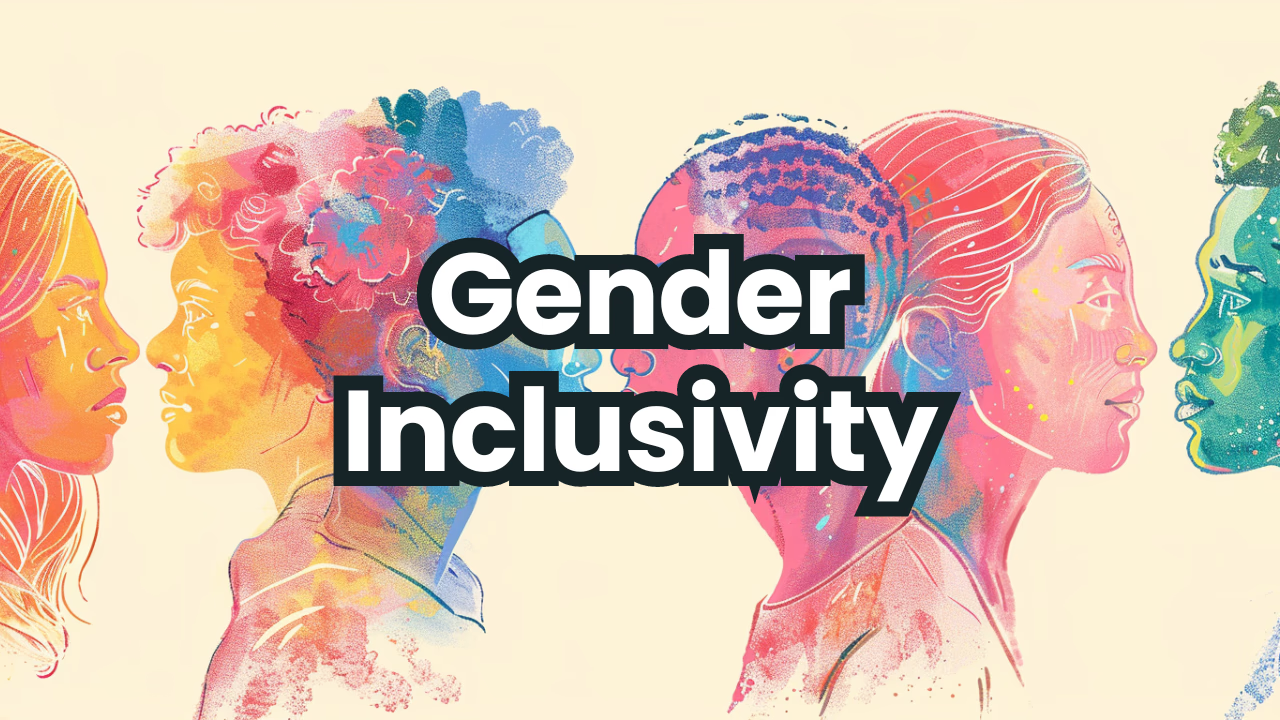Gender Identity and Expression: Embracing Diversity in a Changing World
Introduction
Gender identity and expression are essential aspects of human diversity. As society evolves, understanding and embracing this diversity is crucial for fostering inclusion and respect. This article explores the complexities of gender identity and expression, the significance of recognizing diverse identities, and the steps needed to create a more inclusive world.
Understanding Gender Identity
What is Gender Identity?
Gender identity is an individual’s internal understanding and experience of their own gender:
- Personal Sense: It is a deeply personal sense of being male, female, both, neither, or anywhere along the gender spectrum.
- Beyond Biology: Gender identity may align with or differ from the sex assigned at birth, illustrating that gender is not solely determined by biological factors.
Case Example: Transgender Identity
A transgender person is someone whose gender identity differs from the sex they were assigned at birth. For instance, a person assigned female at birth who identifies as male would be considered transgender.
The Spectrum of Gender Identities
Gender exists on a spectrum, encompassing a variety of identities:
- Non-Binary: Non-binary individuals do not identify exclusively as male or female. Their identity may be a mix of both, neither, or something entirely different.
- Genderqueer: Genderqueer individuals often reject traditional gender norms and identify with a fluid or non-conforming gender.
- Agender: Some individuals identify as agender, meaning they do not feel any strong connection to a particular gender.
Case Example: Non-Binary Identity
Non-binary individuals might use pronouns like they/them and may express their gender in ways that challenge traditional norms.
The Importance of Gender Expression
What is Gender Expression?
Gender expression refers to how an individual outwardly presents their gender:
- Clothing and Appearance: This includes choices in clothing, hairstyle, makeup, and body language.
- Social Roles: Gender expression can also involve the roles and behaviors society associates with a particular gender.
Case Example: Gender Expression in Youth
Children and adolescents may explore their gender expression through play, dress-up, or trying out different roles. Supporting this exploration is key to their development and self-understanding.
The Role of Society in Shaping Gender Expression
Societal norms often dictate how individuals are expected to express their gender:
- Traditional Norms: Historically, there have been rigid expectations for how men and women should behave and present themselves.
- Challenging Stereotypes: Today, many people challenge these stereotypes, embracing a more fluid approach to gender expression that reflects their true identity.
Case Example: Breaking Gender Norms in Fashion
The fashion industry has seen a rise in gender-neutral and androgynous styles, reflecting a shift toward more inclusive representations of gender.
The Significance of Embracing Gender Diversity
Promoting Inclusivity and Respect
Embracing gender diversity is essential for creating inclusive communities:
- Respecting Identity: Recognizing and respecting each person’s gender identity and expression fosters a sense of belonging and validation.
- Reducing Discrimination: Understanding gender diversity helps combat discrimination and marginalization of those who do not conform to traditional gender norms.
Case Example: Inclusive Education Programs
Educational institutions that incorporate gender diversity into their curricula help foster understanding and acceptance from a young age.
Supporting Mental Health and Well-Being
Recognition and acceptance of gender identity are closely linked to mental health:
- Affirmation and Support: Individuals whose gender identity is affirmed are more likely to experience positive mental health outcomes.
- Impact of Discrimination: Conversely, those who face discrimination and rejection are at higher risk for mental health challenges, including anxiety and depression.
Case Example: Affirming Care for Transgender Youth
Providing affirming care, such as access to gender-affirming healthcare and support systems, significantly improves the well-being of transgender youth.
Steps Toward a More Inclusive Society
Advocating for Legal Protections
Legal protections are vital for ensuring the rights of all individuals, regardless of gender identity or expression:
- Anti-Discrimination Laws: Enacting and enforcing laws that protect against gender-based discrimination in employment, healthcare, and education is essential.
- Legal Recognition of Gender Identity: Governments should allow individuals to self-identify their gender on official documents without unnecessary barriers.
Case Example: Legal Recognition of Non-Binary Identities
Some countries now offer a third gender option on passports and other legal documents, recognizing non-binary and gender non-conforming individuals.
Promoting Inclusive Language
Language plays a crucial role in supporting gender diversity:
- Using Correct Pronouns: Respecting individuals’ chosen pronouns is a simple yet impactful way to acknowledge their gender identity.
- Gender-Neutral Language: Adopting gender-neutral language in policies, forms, and everyday communication helps create a more inclusive environment.
Case Example: Implementing Pronoun Policies in the Workplace
Workplaces that encourage employees to share and use their preferred pronouns create a culture of respect and inclusivity.

Supporting Community Initiatives
Community efforts are essential in promoting gender diversity and inclusion:
- Support Groups: Establishing support groups for individuals exploring or expressing diverse gender identities provides a safe space for connection and growth.
- Public Awareness Campaigns: Campaigns that raise awareness about gender diversity can challenge stereotypes and educate the broader public.
Case Example: LGBTQ+ Community Centers
LGBTQ+ community centers often offer resources, support groups, and educational programs to assist individuals and their families in navigating gender identity and expression.
Conclusion
Understanding and embracing gender identity and expression are fundamental to creating a world that values and respects diversity. By recognizing the spectrum of gender identities, challenging societal norms, and advocating for inclusive policies, we can build a society where everyone is free to express their true selves. This shift towards inclusivity not only benefits individuals but also enriches the broader community, fostering a more compassionate and just world.



